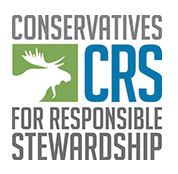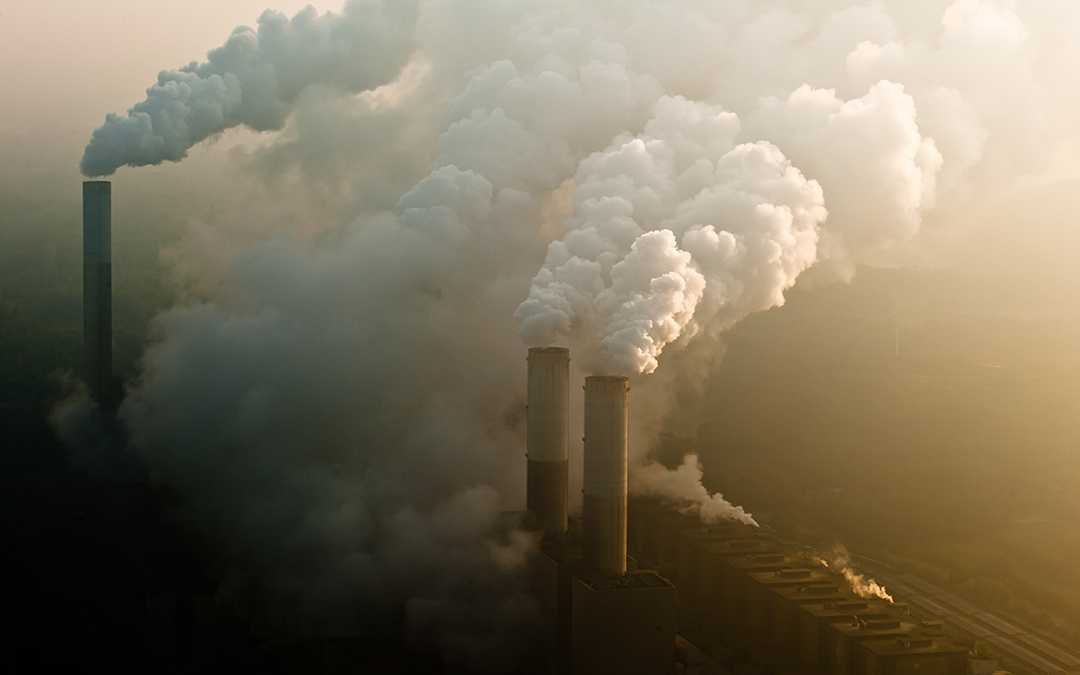Nothing quite sharpens one’s focus on the importance of clean air quite like a respiratory illness that exploits lungs damaged—and made more vulnerable—by pollution.
A recent study out of Harvard found that even a small increase in long-term exposure to air pollution significantly increases one’s risk of dying from COVID-19. The study focuses specifically on exposure to fine particulate matter (PM2.5), which includes the visible air pollution from vehicle exhaust and coal-fired power plants.
These tiny particles of pollution are able to travel deep into one’s respiratory tract and reach the lungs. Exposure to PM2.5 is already known to cause inflammation and cellular damage. Evidence suggests that it may also suppress early immune response to infection. This pollution has been linked to many of the pre-existing conditions that increase mortality among those with COVID-19.
The Harvard study, which analyzed 3,080 counties across the U.S., found that coronavirus patients in areas that had high levels of air pollution before the pandemic are more likely to die from the infection than patients in parts of the country with cleaner air.
This should be a huge wake-up call to all of us, especially those who have not previously been concerned all that much about air pollution and how it affects their health.
The study gives added urgency to expanding our use of renewable energy and electric vehicles (EVs).
Having cheap, reliable, and clean electricity is important in the best of times, but it becomes most critical in times like these, where we face fear, uncertainty, and economic hardship.
The energy market has changed dramatically in recent years, with solar energy emerging as the lowest cost option in most of the country. Solar is even beating the price of coal and gas generation when combined with battery storage for night generation. In fact, coal and gas generation is now double or triple the cost of new solar+storage.
In the Western U.S., electricity from solar+storage is selling for around $25 per megawatt hour (MWh), while electricity from aging coal plants cost between $60 and $84 per MWh.
That is a huge disparity. One that could make a real difference on utility bills for folks who are experiencing economic hardship, as many currently are due to the COVID-19 pandemic.
This pandemic also underscores how important energy security is to our health and safety. Electricity runs ventilators, monitors, and other equipment critical to saving lives. It also, of course, runs heating and cooling systems that we all—including COVID-19 patients—depend on, whether at home or in a hospital.
Renewable sources like solar and wind are becoming more essential for that security. Not only is the energy produced in the county, state or region where it is used, the fuel sources never run out and are not susceptible to global price spikes or supply disruptions.
Anyone who is stuck in the view that renewable energy is somehow liberal is mistaken. First, there is no “red” or “blue” energy; it is all just energy. Cheap beats expensive, clean beats dirty, and unlimited beats finite.
This is bearing out in a number of states. Last year the Nevada legislature, for example, passed a 50 percent by 2030 renewable standard with unanimous GOP support. In neighboring Utah, Republicans lawmakers are leading an aggressive push to reduce air pollution by promoting renewable energy and working to expand electric vehicle use.
It is also worth noting that one of our nation’s first leaders to tackle air pollution in a big way was Ronald Reagan. As governor of California, he created that state’s Air Resources Board (CARB), pressed for passage of the Clean Air Act, and made sure that California was allowed to set its own stronger pollution and fuel efficiency standards.
Thomas Paine, one of our nation’s founding fathers, famously said, “these are the times that try men’s souls.” Trying times, like the one we are currently in, also reveal the mettle and foresight of our elected officials.
Reagan understood that every breath matters and he rose to meet California’s smog challenge. We need that kind of leadership today. Renewable energy, especially solar, is tailor made for times like these. Let us hope our current leaders—irrespective of their political stripes—will recognize this and give Americans a healthier, more resilient, and less costly energy future.


